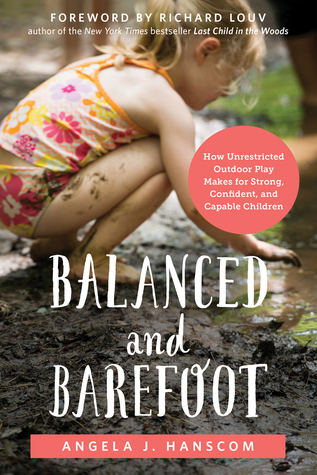What Is "Barefoot" Tutoring?
Through research and personal exploration, I have learned that going barefoot is:
- More Natural, More Traditional, More Comfortable, and More Healthy than just about any type of footwear.
- For more information on the health benefits of going barefoot, visit the Society for Barefoot Living.
- For information on barefooting for children, especially for proper foot development, visit the Parents for Barefoot Children website.
"Barefoot" symbolizes an approach to learning that is:
- NATURAL--learning about the world around us through direct contact with that world and nature.
- SENSORY--learning by direct contact, "hands-on" (and FEET-on) experiences that are real and authentic
- COMFORTABLE--learning in a setting and environment that put the learner at ease, hence making him or her able to explore and discover more freely.
- PERSONAL--learning that is adapted to the uniqueness of each student and encourages him or her to explore, develop, and defend that uniqueness in spite of pressures to conform.
- INDIVIDUALISTIC--learning that gives a child the tools to defend and support his or her own personal decisions regarding the world.
- ECOLOGICAL--learning that reminds the child that he/she is a part of a natural environment that supports and nurtures him or her and must be supported, protected, and nurtured in return.
- OPEN-MINDED--learning that respects and values self-discovery and personal values over blind acceptance of cultural norms
Further Reading: Balanced and Barefoot

I just finished reading Balanced and Barefoot by Angela J. Hanscom. The book explores how many developmental delays and functional deficits have presented in children over the past 20 to 30 years and gives guidance on How Unrestricted Outdoor Play Makes for Strong, Confident, and Capable Children.
The author references many studies and interviews with teachers, doctors, parents, and others showing how children's developmental milestones have been delayed and how physical, cognitive, and emotional abilities have suffered as well as free time and play have become more structured, restricted, and indoors in the name of convenience, safety, and academic progress.
The author suggests that the remedy for these deficits is to allow a return to allowing more free and unrestricted (and barefoot) play in nature throughout childhood. She cites studies showing the beneficial effects of exposure to nature and free play, along with real world examples and practical suggestions for creating a new focus for children, parents, teachers, and caregivers.
I highly recommend this book for further reading as it provides many insights and elaborates so well on many of the ideals I highlight above as focuses for my own teaching and tutoring.